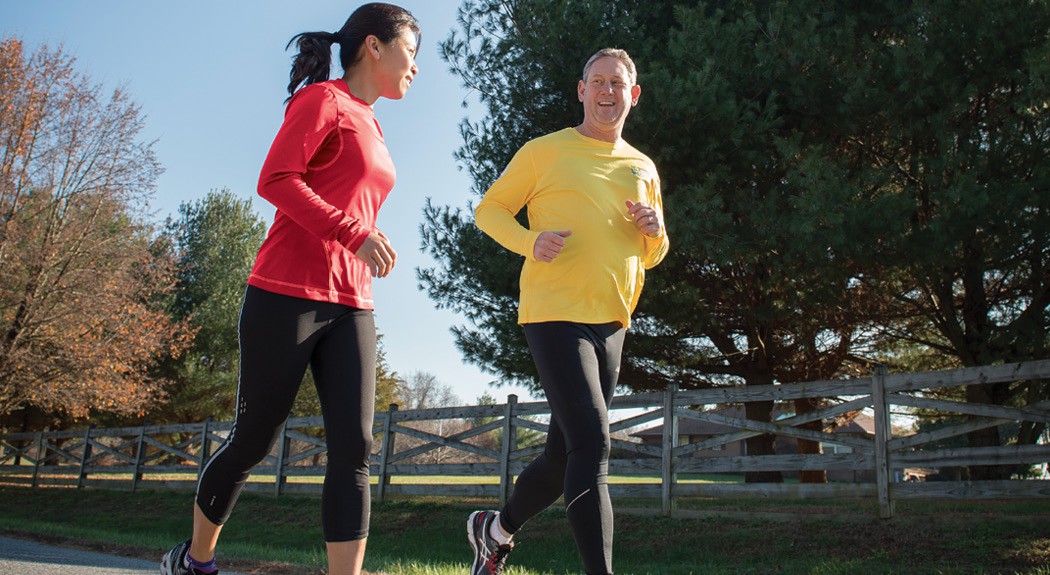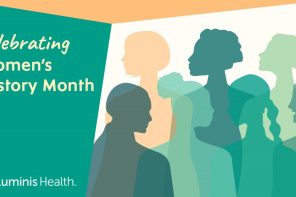A heart attack sounds scary, and with good reason. Heart disease is the leading cause of death in the United States.
But life after a heart attack doesn’t have to be fraught with fear. Chuck Raines, who survived a heart attack in August thanks to the cardiac catheterization team at Anne Arundel Medical Center, is discovering that life goes on.
Life-Saving Intervention
In August 2015, Chuck, a 53-year-old experienced marathoner, felt some chest pain after a routine run. The next morning, the pain returned with sweating and nausea. His wife Trang called 911.
An ambulance rushed Chuck from his home in Owings to AAMC, where the cardiac catheterization team was ready. The team was ready because Chuck’s electrocardiogram (EKG) results arrived wirelessly from the ambulance directly to the emergency room. Interventional cardiologist Elizabeth Reineck, MD, placed a catheter through Chuck’s wrist to the blocked artery in his heart and inserted a stent, opening the artery and ending Chuck’s heart attack.
“They saved my life, so I was pretty excited,” says Chuck, who returned home after a week in the critical care unit. But at the same time, the shock of what had happened led to a sense of depression. “I thought, ‘I’m never going to be able to do the things I like again,’” he says.
A Common Feeling
“A lot of people can develop depression after a heart attack,” says Baran Kilical, MD, Chuck’s cardiologist. In fact, studies show that up to 33 percent of heart attack patients develop some degree of depression.
“Patients typically were doing something when the heart attack happened, so now they’re afraid that their heart is delicate and they’re afraid to do common activities,” says Dr. Kilical. “I tell them, ‘You’re going to go back to your usual life, as long as you take the right steps.’”
Those steps include faithfully taking prescribed medications, eating a healthy diet and exercising. All these steps can be aided by cardiac rehabilitation.
Cardiac rehab provides a safe, monitored environment to begin increasing physical fitness. AAMC’s Outpatient Cardiopulmonary Rehabilitation Program includes counseling to help patients improve their health and reduce the risk of future heart problems.
“Patients who choose to participate in cardiac rehab do better than those who don’t,” says Dr. Kilical.
A Healthy Future
Chuck is motivated to take the right steps by Trang, who is his marathon partner, and his three young children. “Now I’m running again,” says Chuck. “Not as much as before, but I’ll get there.” He hopes to run the Big Sur Marathon with Trang in April.
“Don’t feel like your life is over just because you had a heart attack,” Chuck advises. “You can get back.”
Find out your heart age and heart disease risk factors with our free online heart health profiler.
Learn more about AAMC’s commitment to quick heart attack treatment.
 Baran Kilical, MD, is a cardiologist and cardiac electrophysiologist with Anne Arundel Medical Center.
Baran Kilical, MD, is a cardiologist and cardiac electrophysiologist with Anne Arundel Medical Center.




